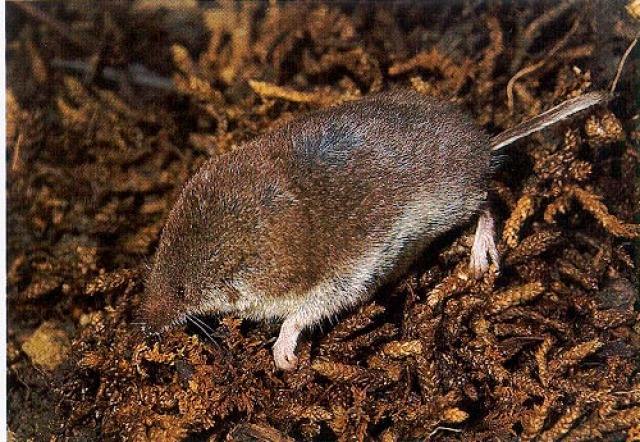The true magic of the Appalachian Mountains manifests itself in the diversity of life found here. Because of the antiquity of the region our flora and fauna have had ample opportunity to adapt to fill every ecological nook and cranny. Only the remaining fragments of the primordial tropical rain forest can rival the cornucopia of living things found in Appalachia.
We humans like to focus on our familiar Appalachian neighbors–the deer and black bear, the raccoon, wild turkey and the other species we see every day, but we miss the true character of our home because we do not see the myriad of other creatures that share this place with us. Likewise we tend to focus on a single characteristic of these animals to strengthen our empathy toward them–for example, the otter is so beautiful we fail to recognize the efficient and truly bloodthirsty predator the otter is. The point is that the true beauty and uniqueness of this animal, and this region, is in its totality.
 In a late December several years ago, my sons and I were sitting on top of a crusted-snow and windswept ridge, watching a thicket across the hollow, hoping to catch a good buck bedded there. At this elevation the temperature was well below zero and the northwest wind was gusting to nearly 50 miles an hour. Suddenly thirty yards in front of us we saw a pygmy shrew, fighting his way into the wind, in his attempt ot cross the ridge. This animal, barely an inch in length and whose weight is measured in grams is the top predator in his tiny world.
In a late December several years ago, my sons and I were sitting on top of a crusted-snow and windswept ridge, watching a thicket across the hollow, hoping to catch a good buck bedded there. At this elevation the temperature was well below zero and the northwest wind was gusting to nearly 50 miles an hour. Suddenly thirty yards in front of us we saw a pygmy shrew, fighting his way into the wind, in his attempt ot cross the ridge. This animal, barely an inch in length and whose weight is measured in grams is the top predator in his tiny world.
His effort was nothing short of Herculean–three times he fought his way to the crest of the hill, and three times the wind bowled him over and tumbled him back down the ridge, but he persisted, and finally on his fourth attempt he gained the scant cover of a broomsage clump poking through the crust and working furiously, he burrowed through the ice and under to the protection beneath.
The pygmy shrew and I are old acquaintances; many times while I have been waiting in the high-elevation forest deer cover we have met. His world is measured in yards and he ruthlessly rules it, singing his way through the duff in search of his victims. Woe be it to the mouse or pillbug that crosses his myopic vision or leaves a scent he can follow, for he is Appalachia’s killing machine–his short lifespan is dedicated to murder, feasting and making little shrews; but without knowing it he is a part of something larger, evolved to fill a unique place in the scheme of mountain forest life.
His diggings may plant the seeds of trees and flowers and the remains of his victims blossom with the microscopic flora and fauna that make mountain soil live. Fierce and courageous, he can back down a bobcat but he is no match for the screech owl that silently glides through the forest at night. When I think of the mountains I call home, I think of this little fellow and how beautifully he fits into his world. Perhaps when we consider the symphony of life we call the Appalachian chain, we should take a lesson and look to this complex and wonderful relationship between the living things and the elements that make these hills live. To me, it makes all the difference in recognizing our role as part of the whole.

